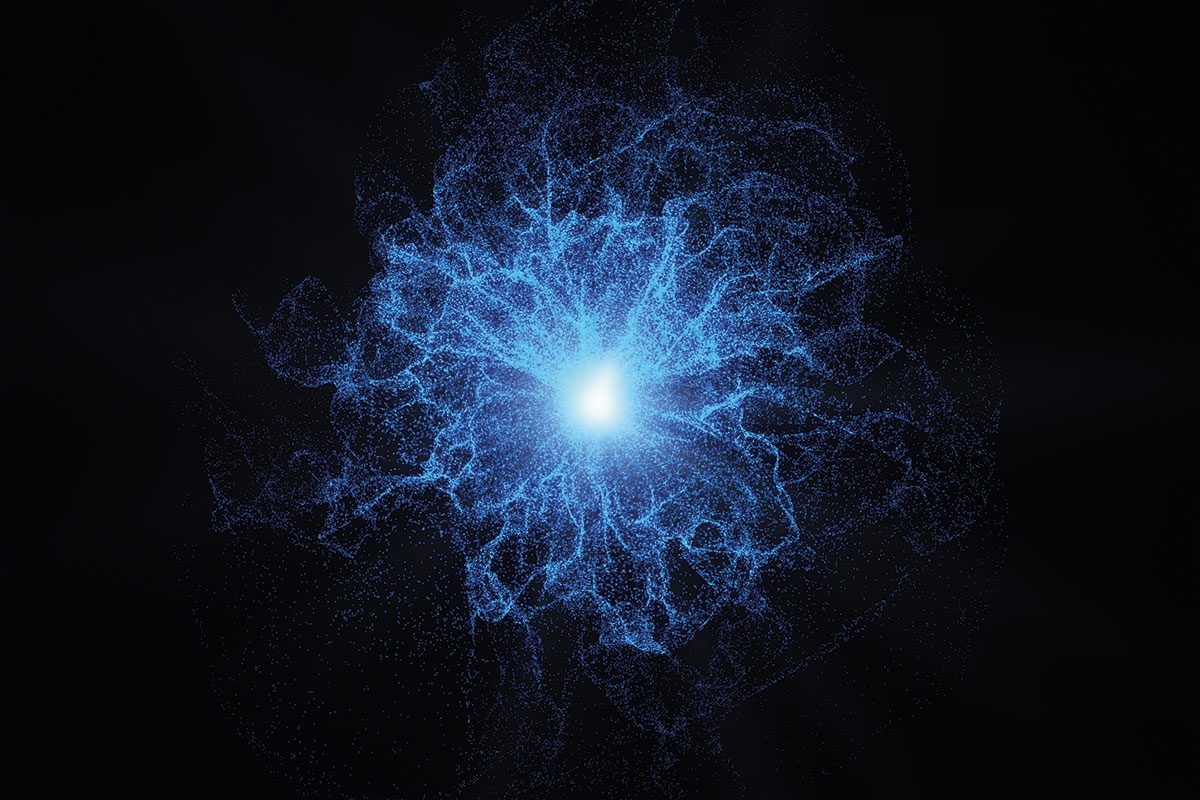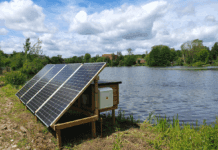Growing pollution levels in waterways are heightening the urgency of developing new and more effective forms of water treatment. And in this respect many point to the growing preeminence of plasma-based treatment methods, which are displacing the chlroination methods that have dominated since they were developed in the early 20th century.
One group that recently claimed to be making important strides in this respect is based at TalTech Department of Material and Environmental Technology, in Tallinn, Estonia.
A paper appearing in the Journal of Electrostatics in March, titled “Surfactant and non-surfactant radical scavengers in aqueous reactions induced by pulsed corona discharge treatment” presents a seemingly novel approach to plasma water treatment by the electrical discharge method.
In comments made to the news resource EurekAlert!, one of the authors, Professor Sergei Preis alluded to the revolutionary import of chlorine water treatment when it was first introduced over 100 years ago, and its ability to eliminate pathenogenic bacteria and viruses from drinking water. Its status as “an inexpensive and efficient water disinfectant” has been relatively unchallenged. This despite the toxicity of chlorine, and the fact that its exposure to organic contaminants in water can lead to the production of carcinogenic compounds.
This is often hedged by attention to careful pipeline maintenance and renewal, as has been a priority in countries including Finland and the Netherlands, and this reduces the need to add chlorine to municipal water supplies, but with the downside that the water cannot be deemed 100% drinkable.
One alternative approach, ozonation, is significantly more effective but also many times more expensive, making it an option that is only preferred in wealthier parts of the world, including in the US, France and Switzerland.
“As a result of the last five years of research, our research team has developed a reliable, novel, plasma water treatment by electrical discharge method. In this method, water is showered between electrodes with discharge pulses of voltage pulse amplitude of 18-20 kV. By this method we can produce drinking water as suitable for consumption as [that] produced by ozonation. No carcinogens are produced and the process is three times less expensive,” Sergei Preis said.
The group is currently co-operating with a Finnish firm with a view to potential industrial manufacturing of the equipment.







